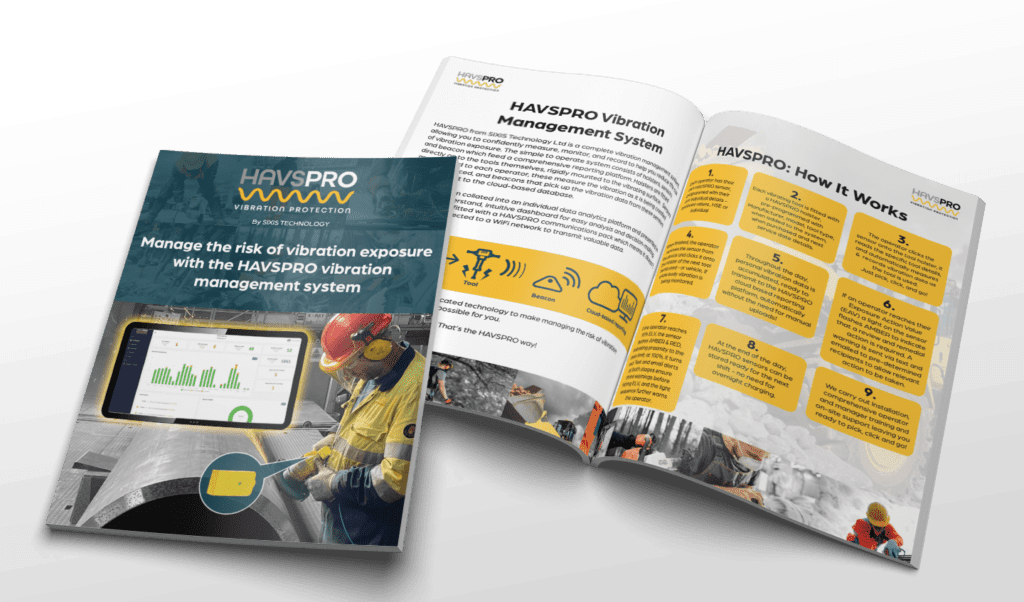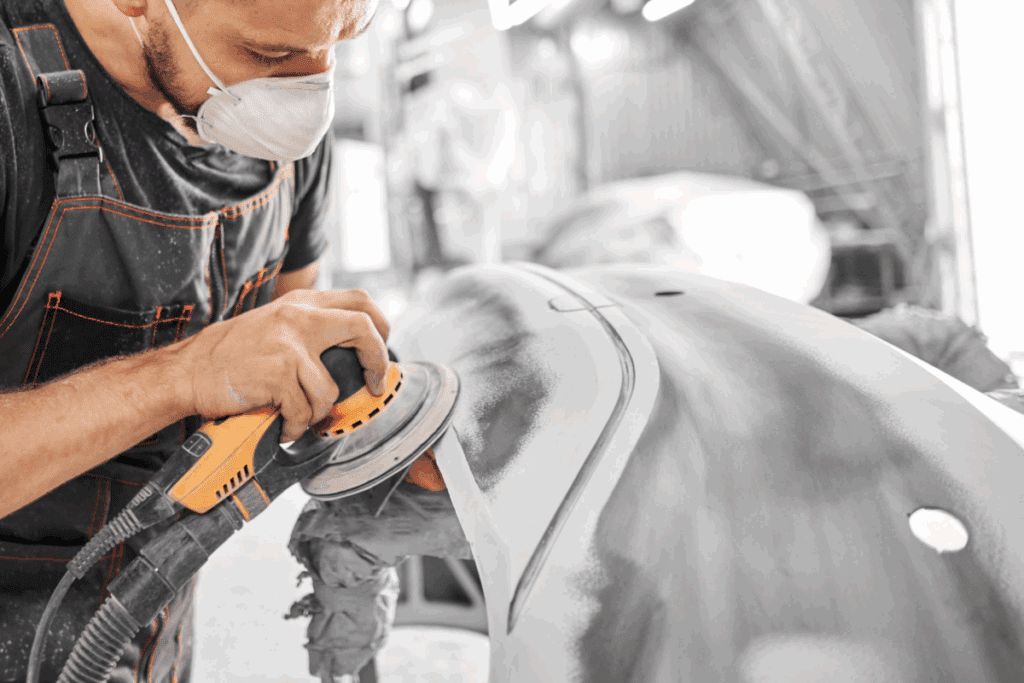
#makeHAVShistory
In the UK an estimated two million employees are exposed to the risk of debilitating industrial vibration injuries caused by the repetitive strain from using hand-held tools.
By law, all businesses are required to control the risk of two conditions: Hand-Arm Vibration Syndrome (HAVS) and Whole Body Vibration (WBV). However, vibration levels all-too-often exceed safe levels if control measures are not applied and inadequate action taken which means companies have incurred fines in excess of £600,000 putting themselves at risk of significant compensation claims.

hand arm vibraion HAVS havs risk assessment rams vibration control
Hand Arm Vibration: HAVS Risk Assessment and Vibration Control
Effective risk assessments for vibration are essential to protect employees and ensure compliance with regulations. HAVSPRO provides precise data to identify risks, plan controls, and create accurate assessments that safeguard your business and workforce.

HAVS vibration monitoring vibration monitoring system for construction
Another Employer Prosecuted – What the Rowes Garage Case Tells Us About Managing Vibration Risks
Another Employer Prosecuted – What the Rowes Garage Case Tells Us About Managing Vibration Risks
The recent HSE prosecution of Rowes Garage highlights the human and financial cost of poor vibration risk management. HAVSPRO by SIXIS Technology offers real-time, tool-mounted monitoring to prevent overexposure, support compliance with ELV and EAV limits, and protect workers before symptoms arise.

HAVS vibration monitoring vibration monitoring system for construction
Discover the Leading HAVS Monitoring Solution – Visit SIXIS Technology at The Health and Safety Event 2025
Join SIXIS Technology at The Health and Safety Event 2025 to discover how our advanced HAVS monitoring solution, HAVSPRO, can help protect your workforce from the risks of Hand-Arm Vibration Syndrome (HAVS). Visit Stand 3/K70 to learn more about simplified compliance, real-time monitoring, and easy-to-use tools for vibration risk management.

